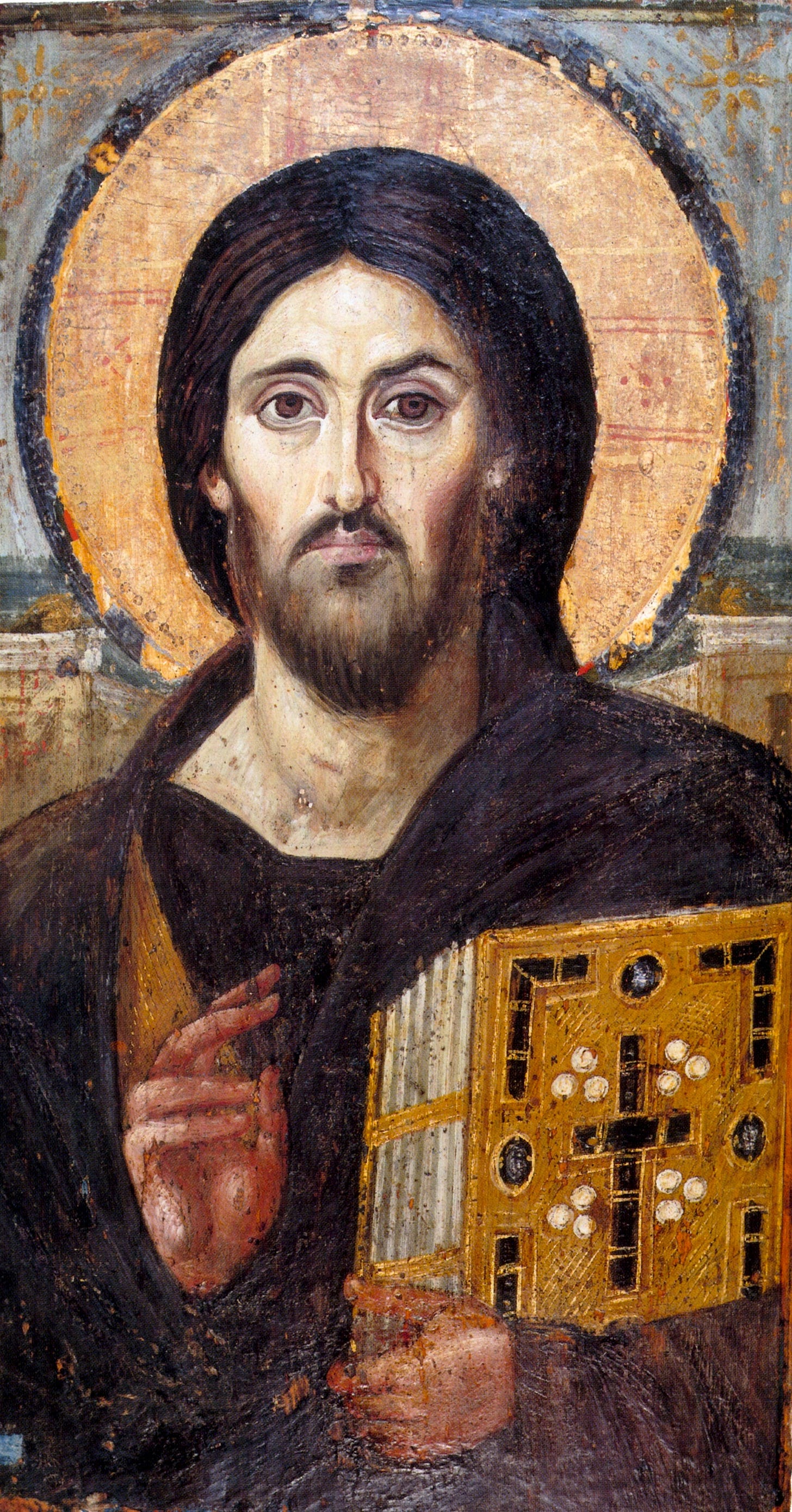In today’s paid members’ post (paywall below) we’re going to take a deep look at this famous icon and talk about why it is important to know the true face of Christ and how traditional iconography can help us.
NB: an error in the dates of 1st and Second Iconoclastic crises is corrected below. (Teach me to click “publish” after midnight.)
Is this really the face of Christ?
And why does it look like that?

Why is this particular 1474 year old painting so important that it is probably the most copied of all traditional icons by our contemporary iconographers?
The reasons may surprise you.
I will pause to thank the many - 50 as of today - who subscribed as new readers since I posted my plea, … “A note to our many new free subscribers”… 19 of whom signed up as paid members. Welcome everyone, and thank you. It’s certainly very encouraging to know that so many find these topics fascinating and are willing to put down hard earned money to know more. Please feel welcome to leave comments below.
We are significantly further ahead in the effort to raise the percentage of paid to free subscribers than we were a week ago, from barely 2% to just under 3%, but this is still well below the standard on Substack for a sustainable 5-10%.
If you would like to accompany us into a deep dive into these spiritually and culturally enriching issues, to grow in familiarity with the inestimably precious treasures of our shared Christian patrimony, I hope you’ll consider helping me meet that goal by taking out a paid membership, so I can continue doing the work and expanding it.
In this post, we’re going to dive deep into the origins, theological meaning and some really surprising history of this icon, and attempt to answer some questions:
Why is this particular image considered the most important depiction of Christ in the eastern Christian, Byzantine world?
Why did all depictions of Christ suddenly radically change about the time it was painted, the middle of the 6th century?
How did it reflect and answer the major controversies about the nature of Christ - as equally, fully man and God - of this period? How is it a declaration of orthodox belief, an exultant visual shout that Christ is King, that echoes down the ages?
How can understanding this image help us with our current theological difficulties, as an answer to the “low Christology” of our plague of contemporary western Modernism?
How can a devotion or “veneration” of this image help us in our spiritual life?
Join us as we explore by subscribing as a paid member.



